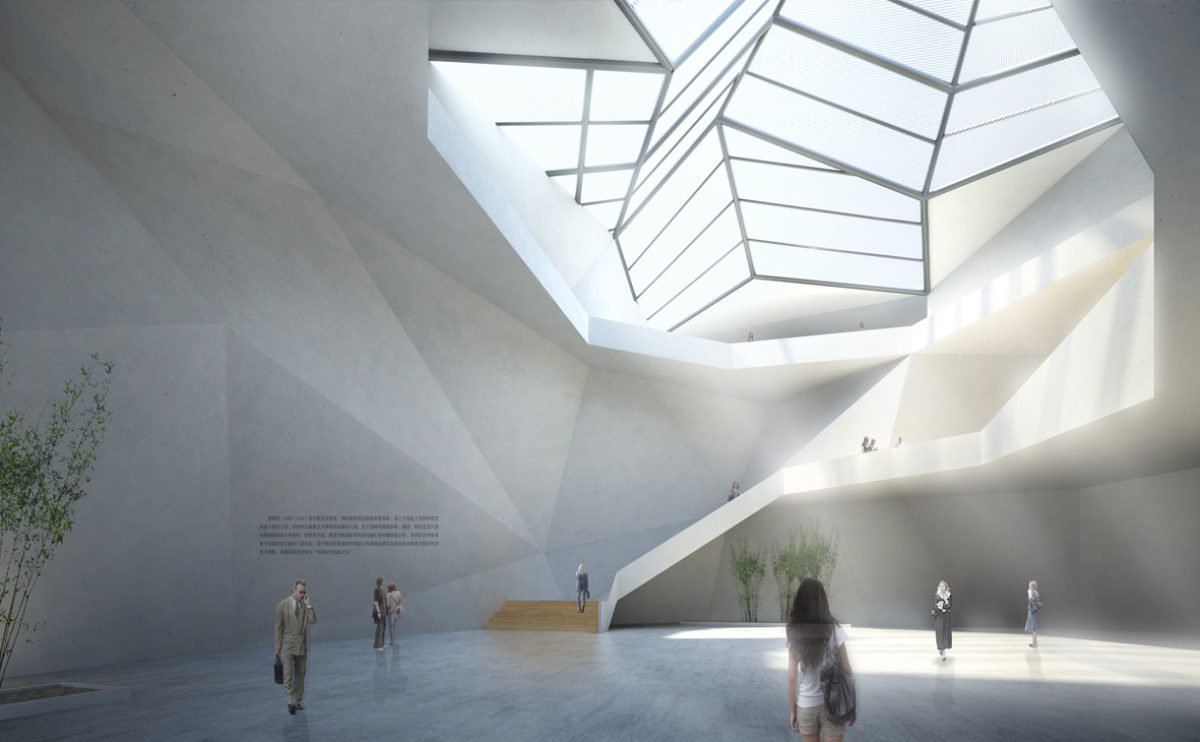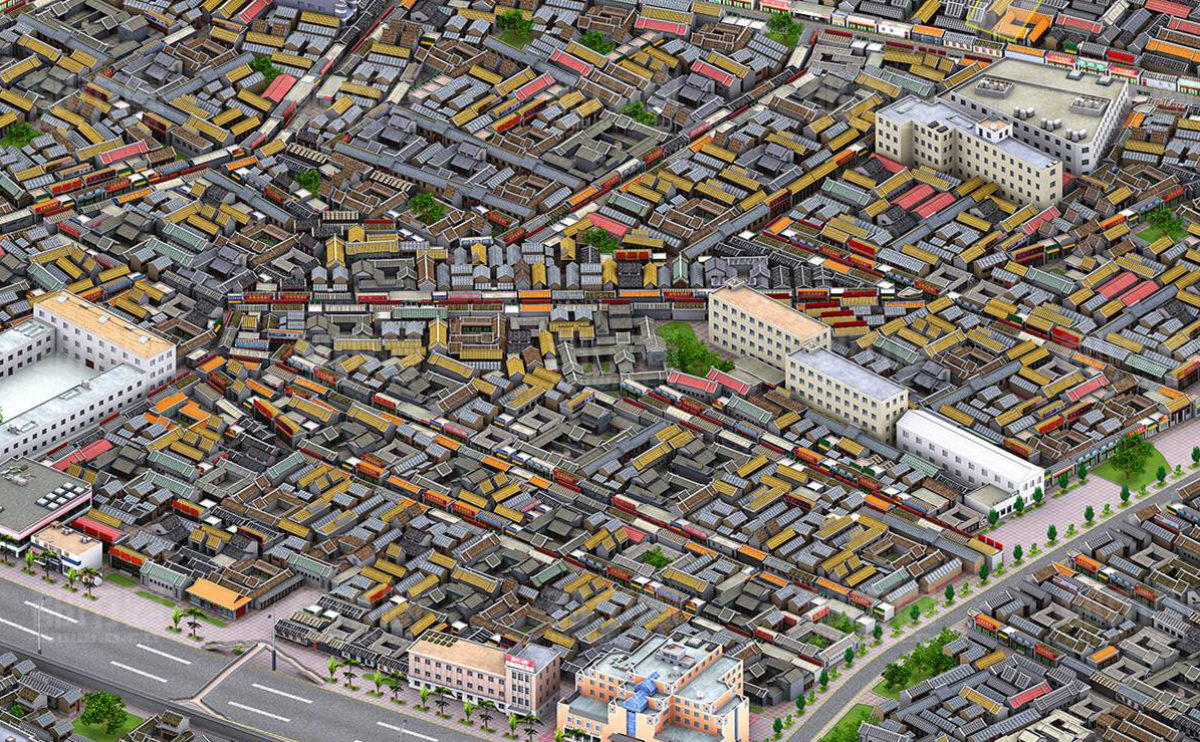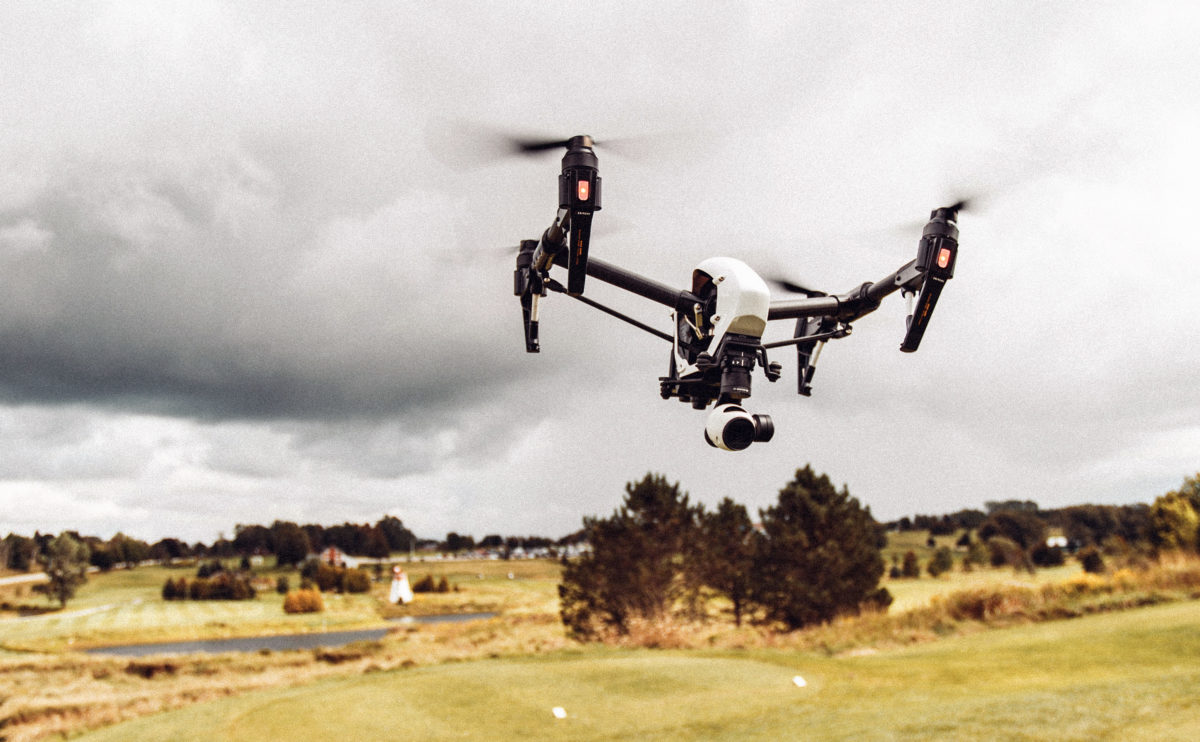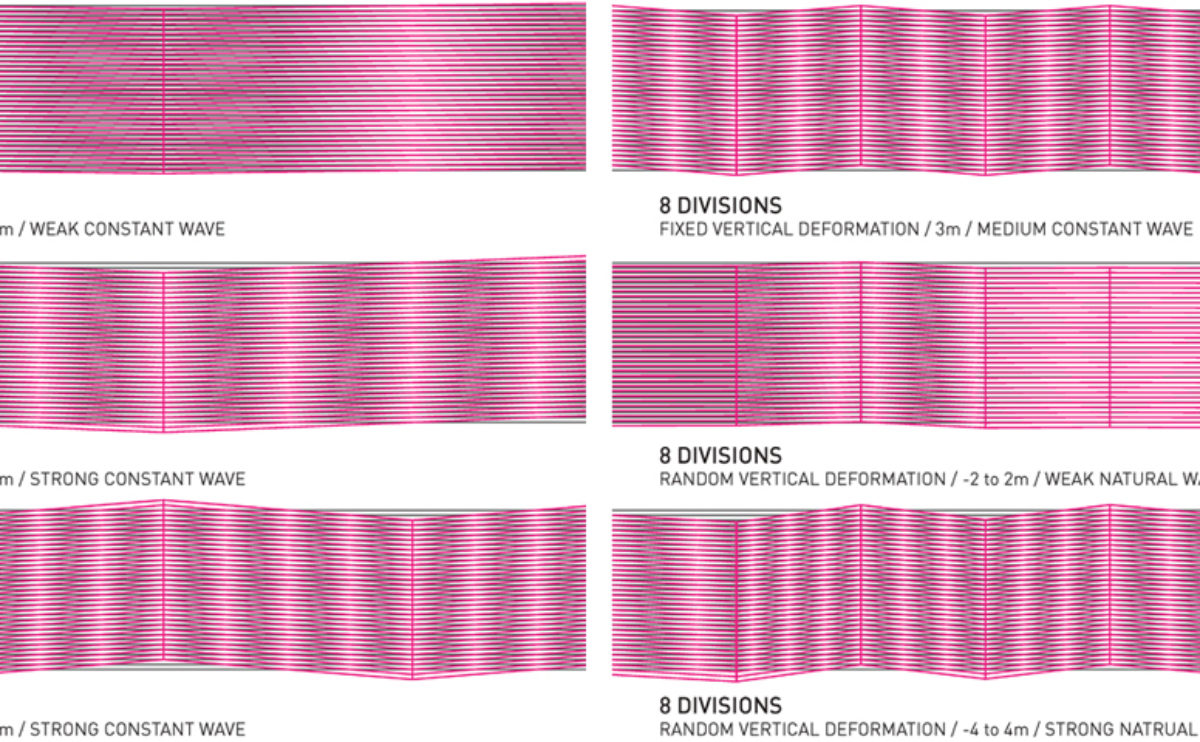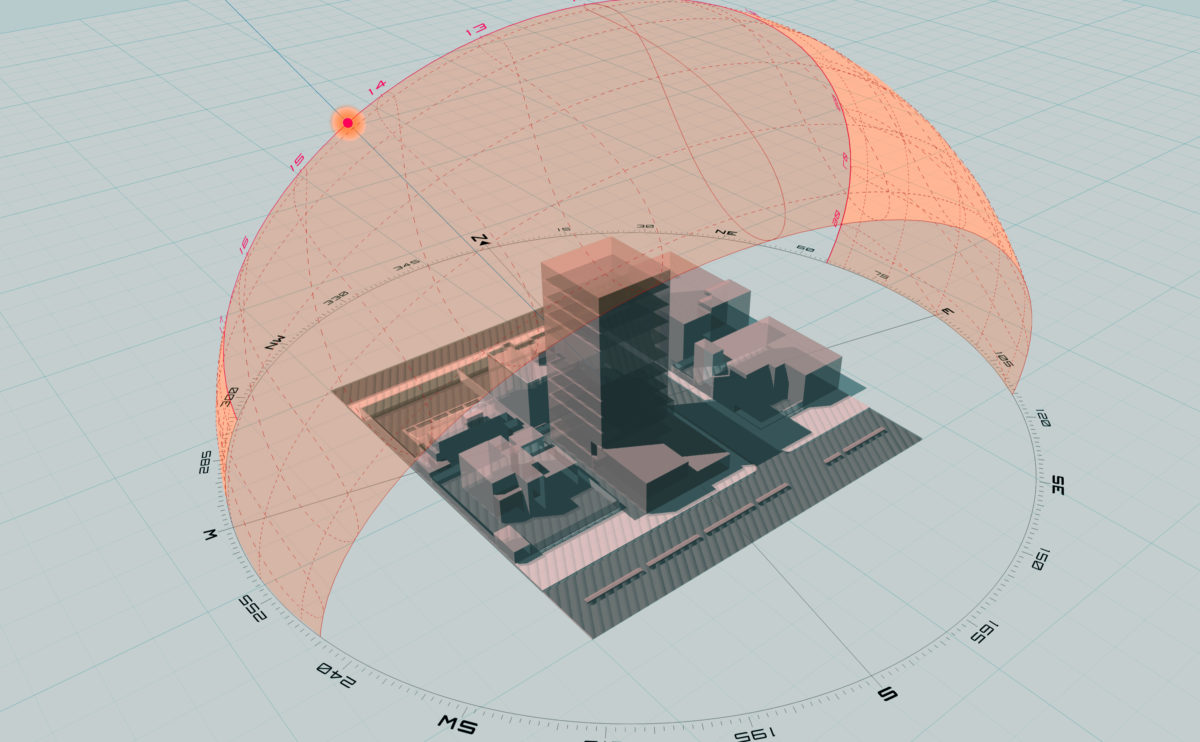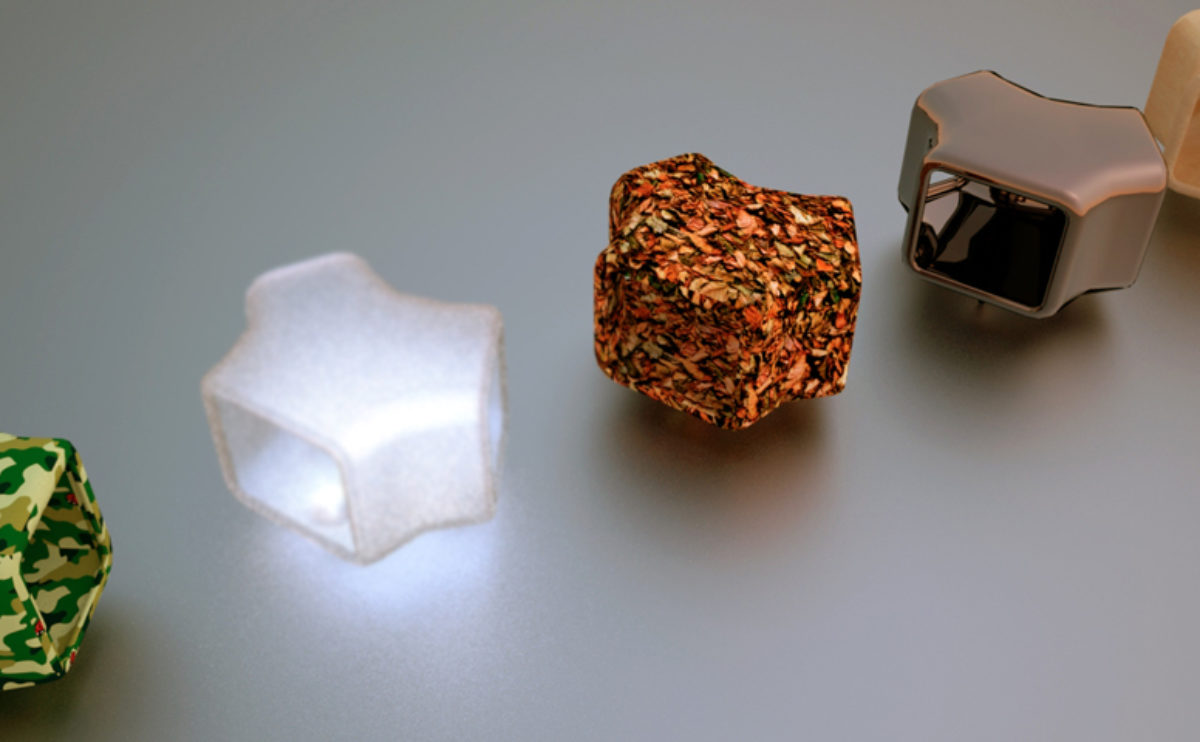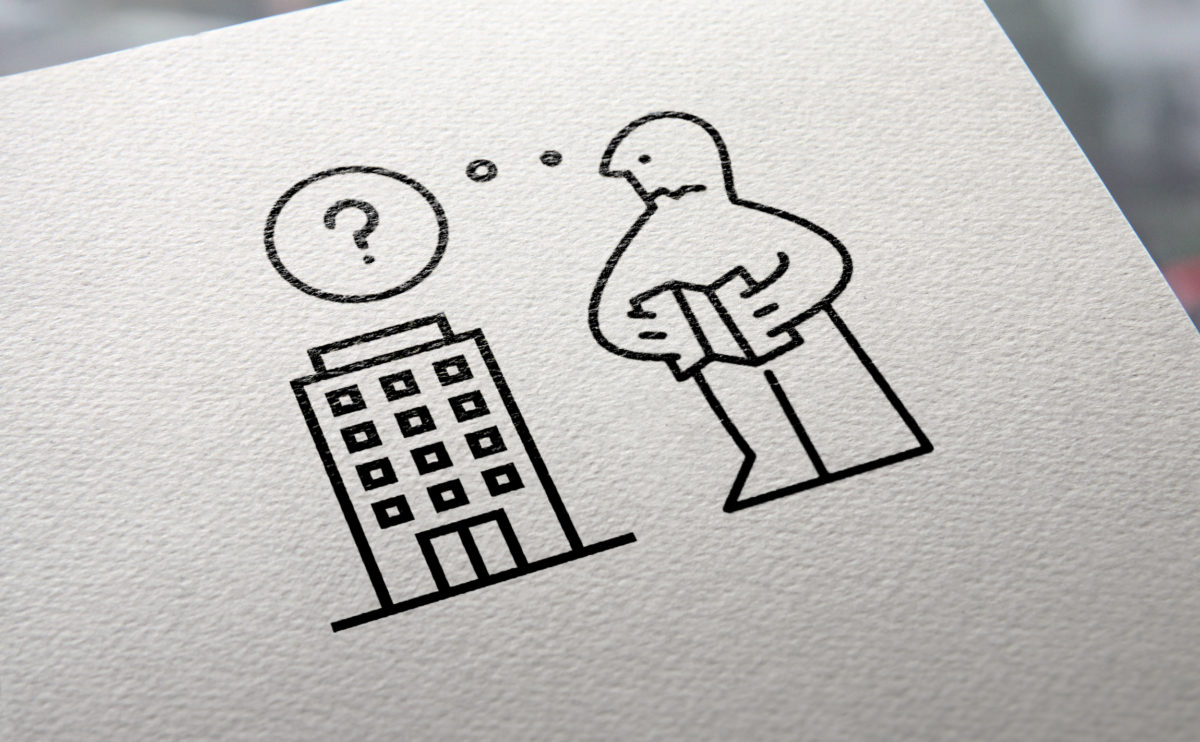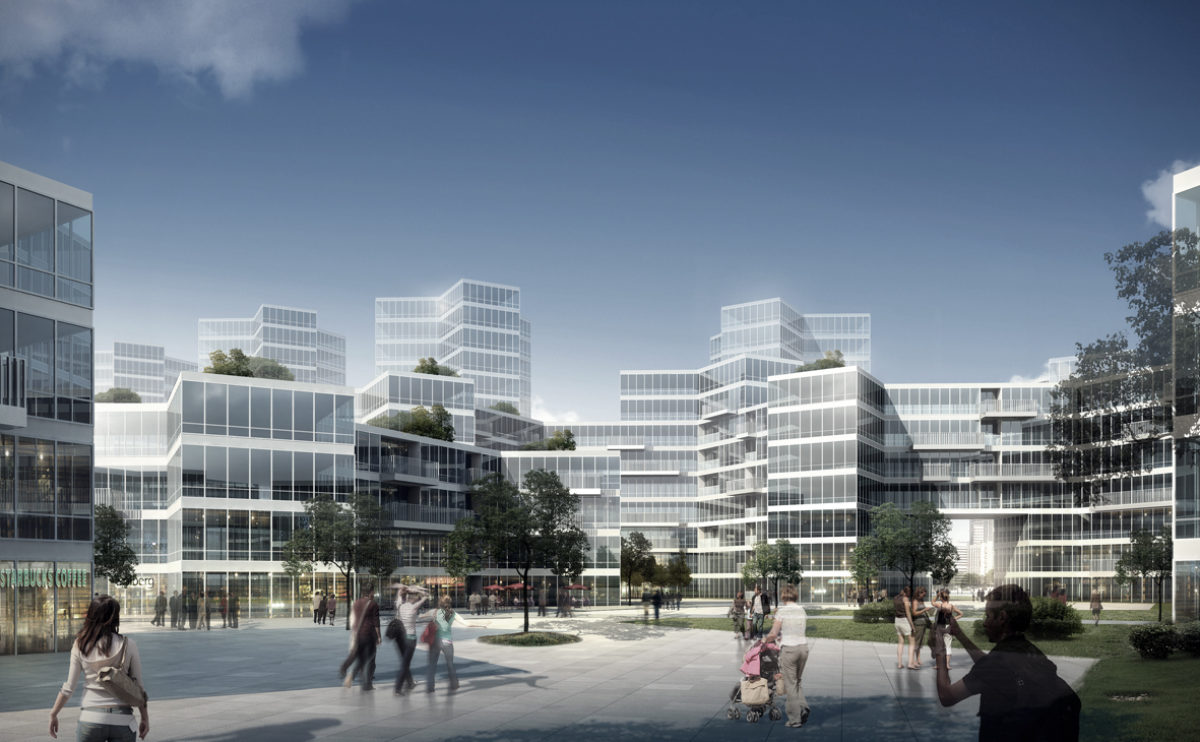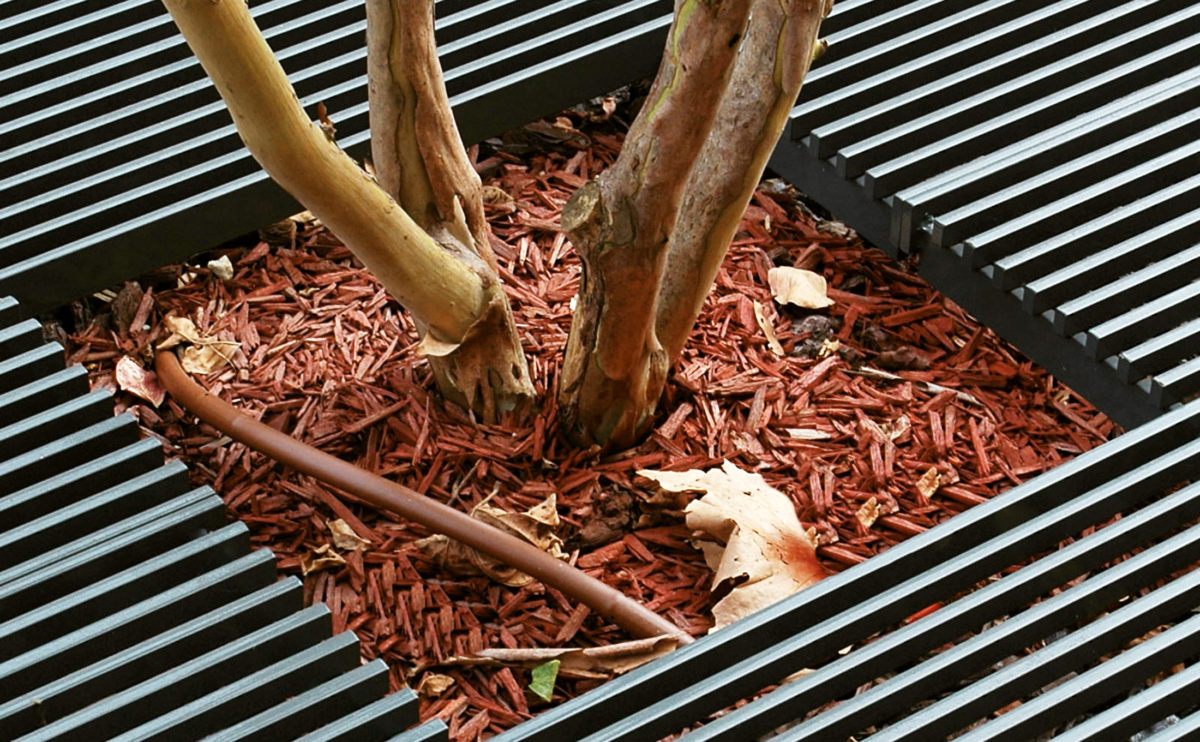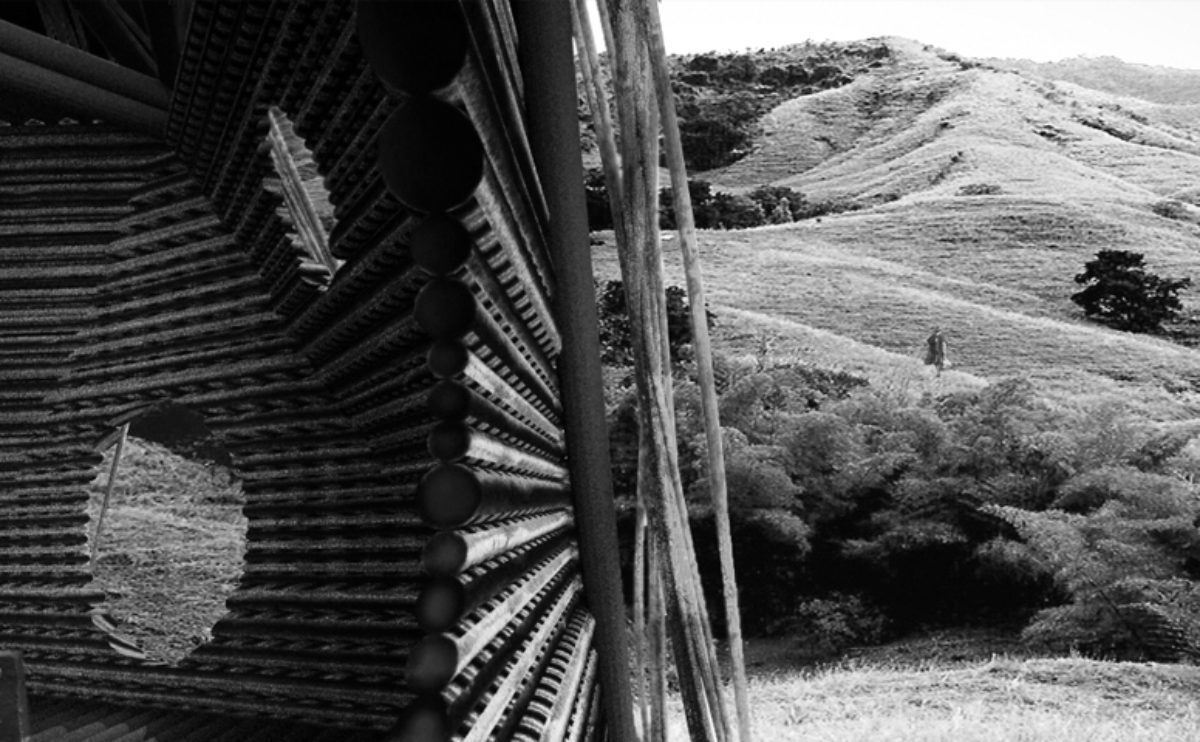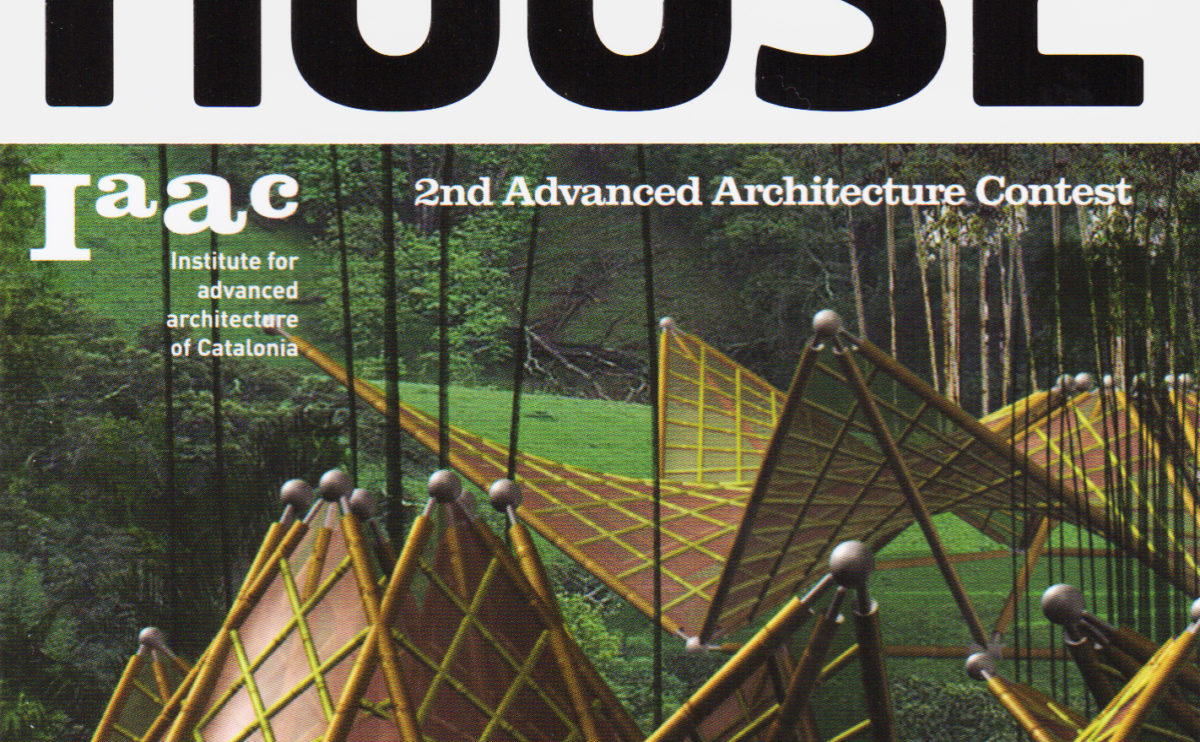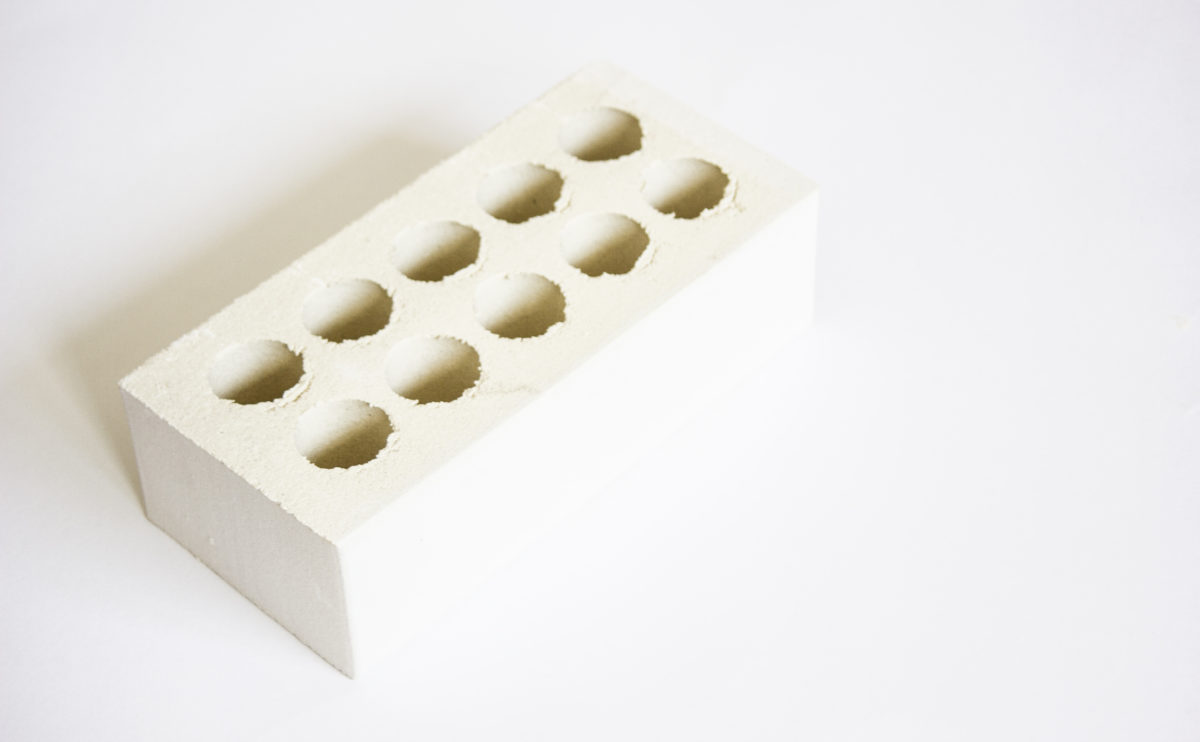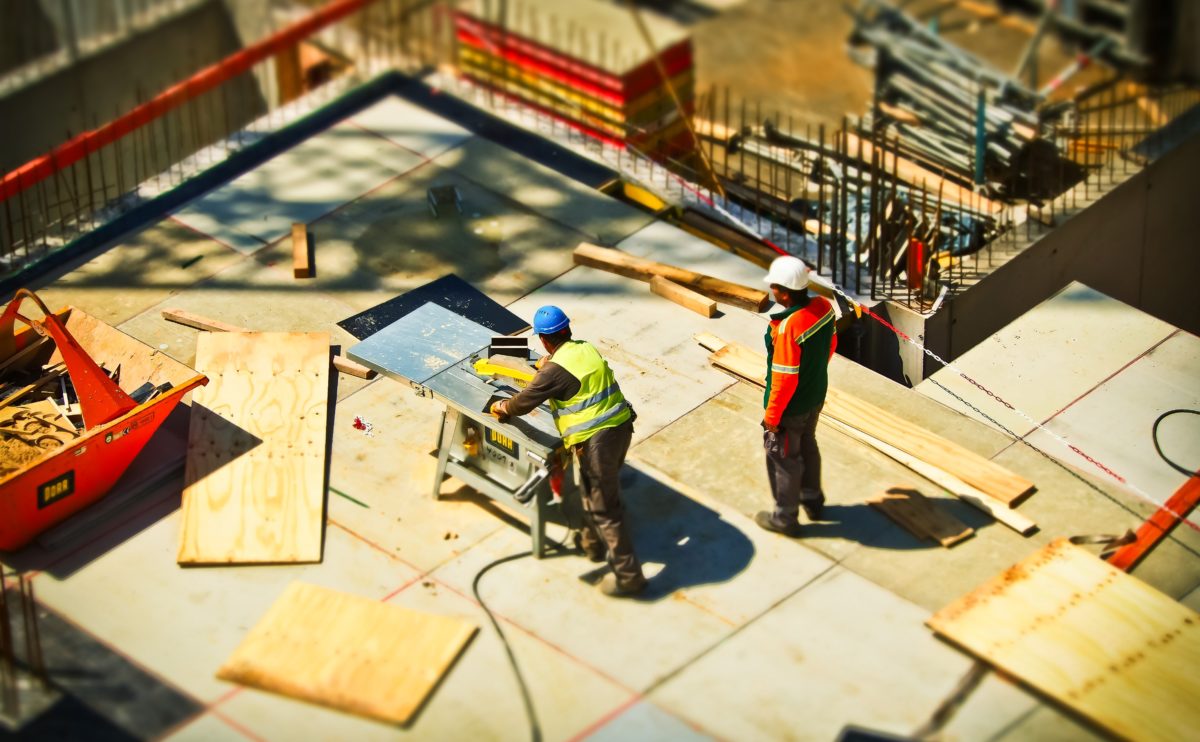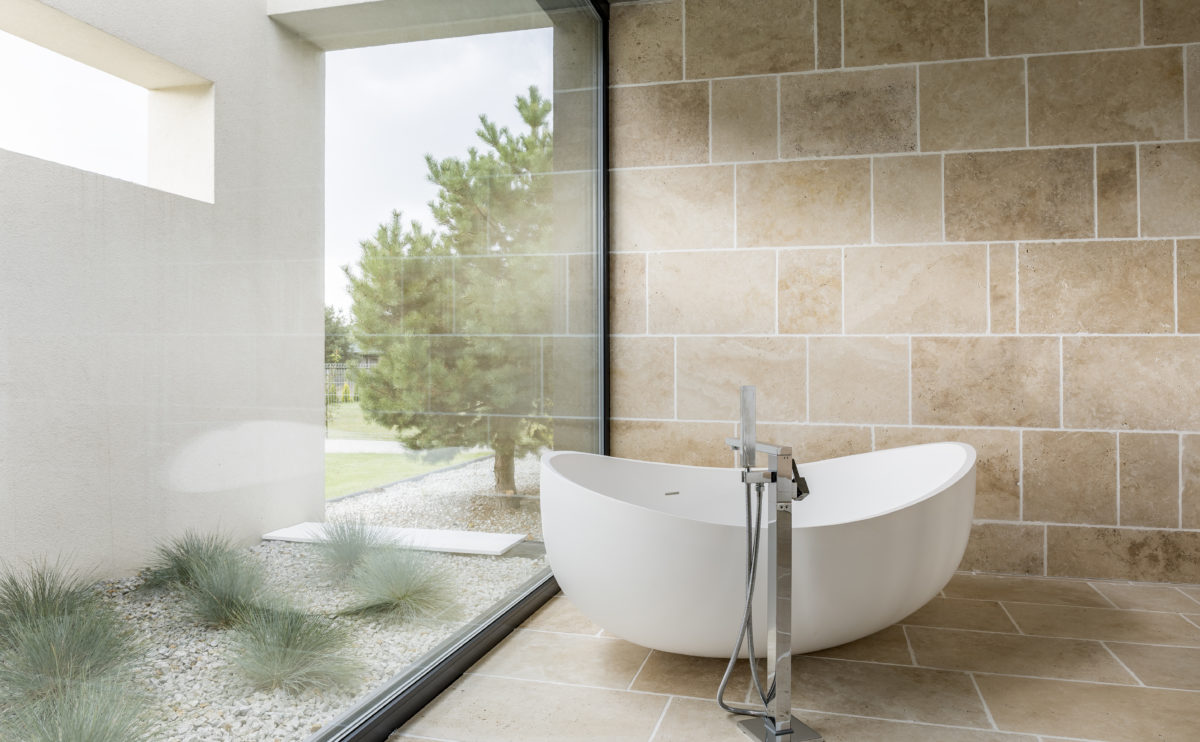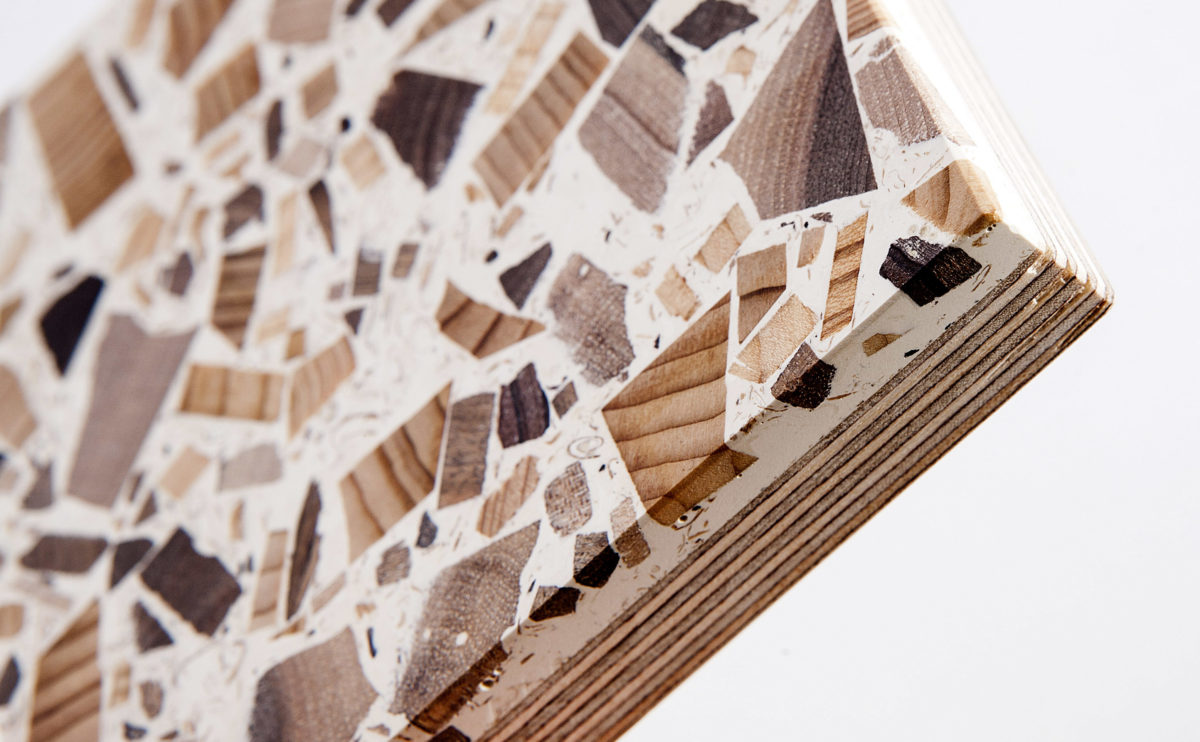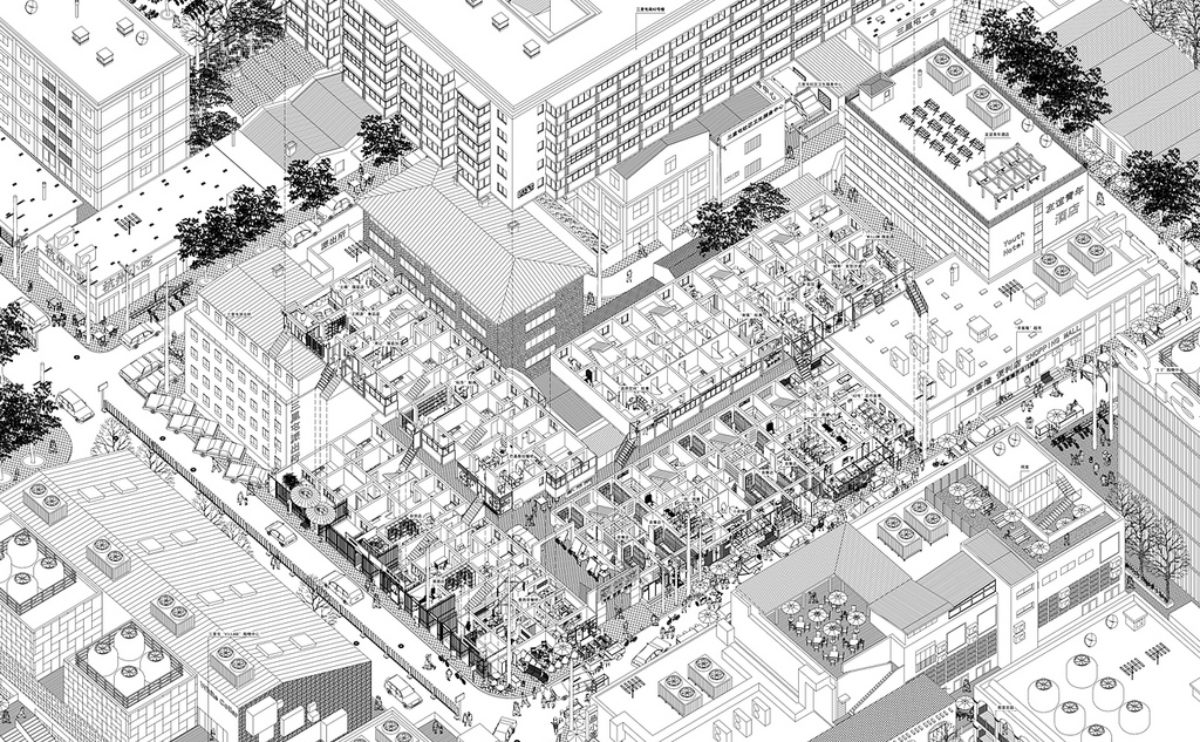architecture against noise
Among all comfort indicators to take into account when designing a space, the impact of noise is usually overlooked. Exposure to more than the recommended noise level can end up having adverse effects on a person’s psychological and physiological health.
key elements of the contemporary urban language
Historical partisans list homogeneity as the primary consideration in urban conservation criteria. Architecture and urban planning, in relation to the human context, is not static, it is always changing and evolving as it grows.
site analysis
Site analysis is the study of the plot’s specific conditions in geographical, historical and legal terms.
wavescape
The old ambition of producing a really moving architecture succeeds when it responds to the site and brief requirements. The proposal for the thematic pavilion of the 2012 Yeosu international exhibition has a focus for the people to experience and understand this liquid element through the specific place in which it is located: the ocean.
arquia proxima 2012
Arquia/próxima is a cultural program sponsored by the Caja de Arquitectos foundation aiming to support Spanish Architects.
the philosophy of experimental design
Markets work in a simple manner: we design and build products that satisfy the demands of our society. In this age defined by the access to information, users are more aware of what they need and they want. Sustainability, flexibility and creation of value are common requests in any architectural brief these days. Experimentation is […]
everything under the sun
Sun studies help us understand not only the behaviour of light over time and its interaction with architecture. This type of approach is essential regardless of the geographical location of the building, not just regarding energy efficiency. The experience of users and their perception of space is determined by the way daylight interacts with the […]
plug and play
Soria is a small city in north-central Spain. The city was founded in the 4th century BC in the banks of the Duero River. At that time the location along the watercourse was strategic for defence, however, now the valley is not a priority in the city’s development. Several historical buildings are located along the […]
how to use your building
Like any other commodity product, buildings are operated, and they function better and last longer if their users understand them correctly. The building owner’s manual contains the information required for the operation, maintenance, transformation and even demolition of a building.
city roots
From the time London opened the first subway system in the mid-eighteenth century, the subterranean has become the place to locate the infrastructures that the traditional city wasn’t able to accommodate on the surface. The increasing density above ground level results in a system of voids underneath that includes sewage and water supply systems, electric […]
nature in architecture: choosing the right tree
The integration of nature and architecture has proven to be extremely vital in preserving the ecological system and improving the quality of life of its occupants. A symbiotic relationship between the two entails landscape designers and architects to design with nature’s evolving patterns.
Harvest Home awarded by the IaaC
The self-sufficient house Harvest Home has been given an award in the ‘2nd Advanced Architecture Contest’, an international competition organized by the Institute for Advanced Architecture of Catalonia.
building services
Mechanical, electrical and plumbing (MEP) are the systems guaranteeing the comfort and habitability of a building. For such purpose, they are designed taking carefully into account all the other formal and technical aspects of the building.
self-fab house
This publication features a selection of experimental projects about self-fabrication, with articles written by Vicent Guallart, Lucas Capelli and Willy Müller among others.
precast concrete advantages
Back in the ancient times, Romans pioneered and extended the use of precast concrete, but this architectural and engineering feat in building technology is far from over. Advanced innovations in precast concrete paved the way for faster design and construction timeline.
construction systems
Detailing the building construction system is a design process in which we specify the placement and assembly of the materials necessary for the project.
lighting study
Lighting studies are scientific analyses of the illumination requirements of space, to guarantee comfort and energy-efficiency conditions.
net-zero waste in construction
Landfills are filling up incessantly, and the construction sector is accountable for 40% of the waste. The waste generated in the life-cycle of a building accounts not only from the construction itself but more so on the phases of design, operation and demolition.
building products for sustainable design
As architects, we have a social responsibility to promote environmental equality. To fight climate change, we need to cut back on energy consumption costs for buildings. We start by designing for sustainability.
sustainable natural ventilation
Sustainable design is not complete without natural ventilation. Rather than using mechanical means, fresh air is supplied into the indoor spaces and removed through a differential in temperature and wind forces. Natural ventilation aids in the cooling loads of the building’s total energy use and has an overall impact on the return on investment.
using authentic eco-friendly building products
Advanced technologies in materials engineering continuously pave the way for the manufacturing of synthetic materials. Building typologies which once exhibited natural and organic surface materials are now replaced with composites, plastics and resins. However, specifications on the form, particularly on the façade itself, channel directly into its users the perception, character and function of the […]
conservation and urban diversity
Cityscapes are the result of the architectural and urbanistic developments of previous times. With their virtues and flaws, they’re a permanent part of each city’s history. Destruction and construction lead to an ever-existent urban diversity. And each time this fact has been ignored, the city and its inhabitants have suffered the consequences.
